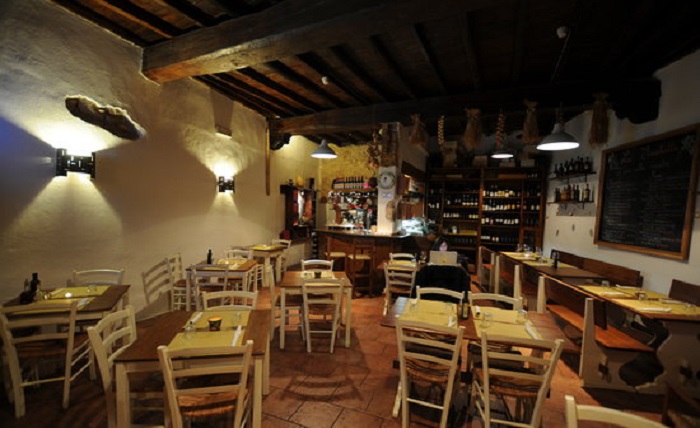La Fiaschetta del Chimico: A Journey into the World of Alchemy and Elixir

The chemist’s flask, a seemingly simple glass vessel, has long held a place of fascination and mystery in the realm of alchemy and elixir. From its humble origins as a tool for measuring and mixing ingredients, the flask has evolved into a symbol of transformation, knowledge, and the pursuit of the ultimate elixir of life.
This blog post delves into the intriguing world of the chemist’s flask, exploring its history, significance, and enduring allure. We will journey through the ages, unraveling the secrets of alchemy, examining the role of the flask in scientific experimentation, and discovering the stories behind some of the most famous flasks in history.
History of the Chemist’s Flask
The earliest known chemist’s flasks date back to ancient Egypt, where they were used to measure and mix ingredients for various purposes, including medicine, cosmetics, and dyeing. These early flasks were often made of clay or pottery and were relatively simple in design.
During the Islamic Golden Age, from the 8th to the 14th centuries, advancements in science and medicine led to the development of more sophisticated flasks. Alchemists, seeking to create the elusive elixir of life, began using glass flasks, which allowed them to observe chemical reactions more closely.
The Renaissance, from the 14th to the 17th centuries, saw a further refinement of the chemist’s flask. With the advent of new scientific methods and the development of laboratories, flasks became increasingly specialized for different purposes.
The Significance of the Chemist’s Flask
The chemist’s flask is more than just a scientific instrument; it is a symbol of transformation, knowledge, and the pursuit of the ultimate. In the hands of alchemists, it held the promise of immortality and the power to turn base metals into gold. For scientists, it has been a tool for discovery, leading to groundbreaking advancements in medicine, chemistry, and other fields.
The chemist’s flask has played a pivotal role in countless scientific experiments throughout history. From Louis Pasteur’s pioneering work on fermentation to Marie Curie’s groundbreaking research on radioactivity, the flask has been an essential tool for observation, measurement, and experimentation.
Famous Chemist’s Flasks
Throughout history, there have been many chemist’s flasks that have become famous for their association with groundbreaking scientific discoveries or for their unique beauty and craftsmanship.
- Erlenmeyer Flask
The Erlenmeyer flask is a staple in any laboratory. It is a wide-mouthed, conical flask that is used for a variety of purposes, including mixing, titrating, and heating solutions.
- Beaker
The beaker is a tall, cylindrical vessel that is used for a variety of purposes, including measuring, mixing, and storing liquids.
- Florence Flask
The Florence flask is a flat-bottomed flask with a long neck. It is often used for boiling and evaporating solutions.
- Volumetric Flask
The volumetric flask is a specialized flask that is used to measure precise volumes of liquid.
Conclusion
The chemist’s flask, with its humble origins and enduring legacy, continues to be a symbol of scientific curiosity, innovation, and the pursuit of knowledge. From the hands of alchemists seeking the elixir of life to the laboratories of modern scientists, the flask has played a vital role in our understanding of the world around us.
Frequently Asked Questions
- What is the difference between a flask and a beaker?
A flask is a wide-mouthed, conical vessel, while a beaker is a tall, cylindrical vessel.
- What are some of the different types of flasks?
There are many different types of flasks, including Erlenmeyer flasks, beakers, Florence flasks, and volumetric flasks.
- What are some of the uses of a chemist’s flask?
Chemists’ flasks are used for a variety of purposes, including measuring, mixing, heating, and storing liquids.
- What are some of the famous chemist’s flasks?
Some of the famous chemist’s flasks include the Erlenmeyer flask, the beaker, the Florence flask, and the volumetric flask.
I hope you enjoyed this journey into the world of the chemist’s flask. As you continue your explorations in science and beyond, remember the power of curiosity, the importance of experimentation, and the enduring fascination of the alchemist’s quest for the ultimate elixir.




